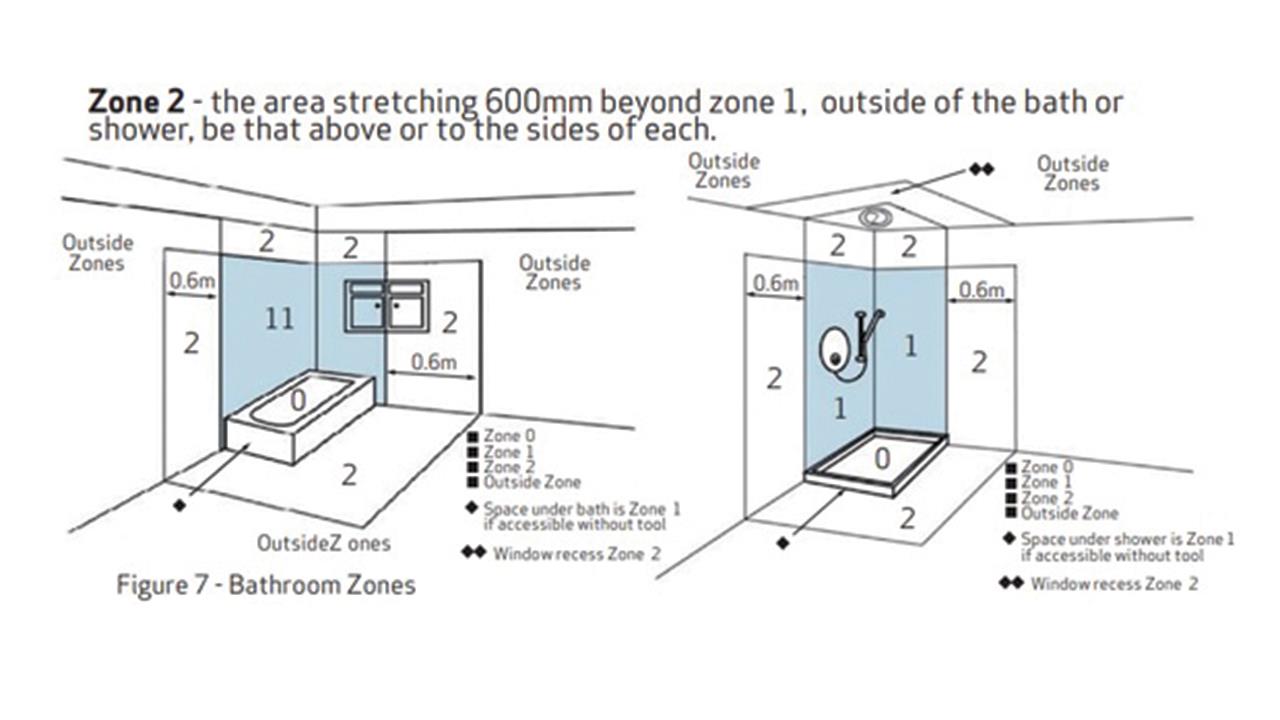

For installers seeking to boost the water flow to just one outlet, using a pump that improves the flow rate across the whole house could be considered excessive and costly.
However, Salamander Pumps has a solution for a single outlet suffering with poor water performance – the inline single outlet booster pump, TapBoost.
Suitable for a mains or gravity-fed system, TapBoost will improve the water flow of a single outlet to 7-11l/min, depending on incoming flow, and can be fitted to either the hot or cold water supply.
Here, Salamander Pumps provides a step-by-step guide on how to accurately install a TapBoost pump to a single outlet suffering with poor water flow.
Pre-installation checks
Before beginning the installation process, there’s a number of questions you should ask yourself to determine the suitability of TapBoost for a property.
How many outlets do you want to boost? TapBoost is designed to improve the water flow to a single outlet to 7-11l/min, depending on incoming flow.
For boosting the water flow across multiple outlets up to 80l/min in a mains-fed system, consider using TankBoost. Or for more than one outlet in a gravity-fed system, a pump from the Right Pump range will offer a solution.
What is the existing flow rate at the outlet? TapBoost requires a minimum flow rate of 1.2l/min to activate. You can measure the current flow rate by following these simple steps:
Installation
Step 1: Unbox the pump. Begin by unboxing the pump and reading the installation guide thoroughly.
Complete all hot work (e.g. pipework soldering) prior to the TapBoost installation. Importantly, the solder flux should not come into contact with any part of TapBoost, the power supply unit, or its power cables.
Step 2: Determine the location. TapBoost should ideally be installed directly before the outlet to be boosted. The pump should be protected from frost, and both the pump and the power supply should be installed indoors.
The TapBoost pump can be installed within Zone 2 (see diagram above left), however it is important that the electrical power supply unit is located beyond Zone 2 and the plug must be outside of the bathroom.
Step 3: Connect TapBoost. Turn off the incoming water supply and drain the system. Next, measure the section of pipe to be removed to allow for your method of connection. Then cut and remove the pipe.
When installed on mains water, detachable hose sets must not be used; it must be installed onto rigid pipework and adequately supported.
Observe the direction of flow arrow on the front of the pump when installing. TapBoost can be installed horizontally or vertically, but never fit upside down or against the direction of flow.
You can then create the connection between TapBoost and the inlet and outlet pipework. TapBoost has a 15mm compression fitting on the inlet, so the pump can be fitted directly to the pipework. The outlet has a ½” BSP male connection which allows TapBoost to be installed in a range of applications.
Step 4: Commission the pump. Before activating the pump, you must first turn on the incoming water supply to the pump and refill the system.
After this, open the outlet to be boosted and check for natural flow from the outlet, ensuring all air is purged from the system. You should also check the connections and pipework for leaks.
With the outlet open, plug in the electrical supply to TapBoost and turn it on. TapBoost will then enter ‘Boosting Mode’ (indicated by the blue flashing light on the pump), and begin to increase the water flow to the outlet.
Close the outlet and the pump will stop. The blue light will stay on to indicate it has entered ‘Standby Mode’. The pump will remain in Standby Mode until the outlet is opened again, and it will begin boosting the flow.
When the pump is in ‘Standby Mode’ for more than five minutes, the blue LED on the pump will turn off until the outlet is opened again and the pump re-enters ‘Boosting Mode’.
The technology within this pump makes it quiet, however no pump is completely silent, so there may be some humming noise when in operation.
Final steps
Due to the technical nature of TapBoost, it is essential to re-check the full installation and consult the handbook to ensure the product has been set up successfully.
If a drop in performance is noted from TapBoost – the inlet filter should be checked and cleaned if necessary.
Re-check the full installation for any possible leaks before tidying up.
Last, but certainly not least, make sure to register the warranty on the Salamander Pumps website.
If you'd like to keep up-to-date with the latest developments in the heating and plumbing industry, why not subscribe to our weekly newsletters? Just click the button below and you can ensure all the latest industry news and new product information lands in your inbox every week.